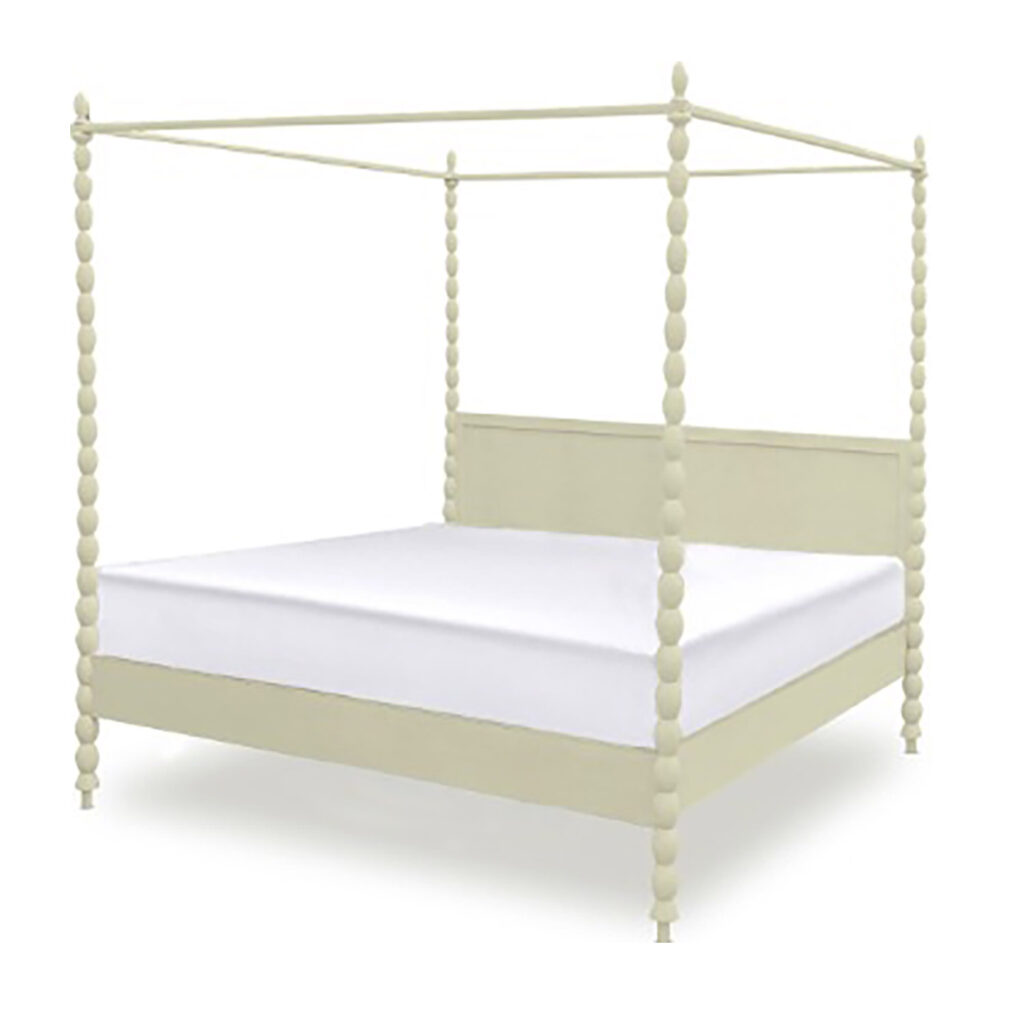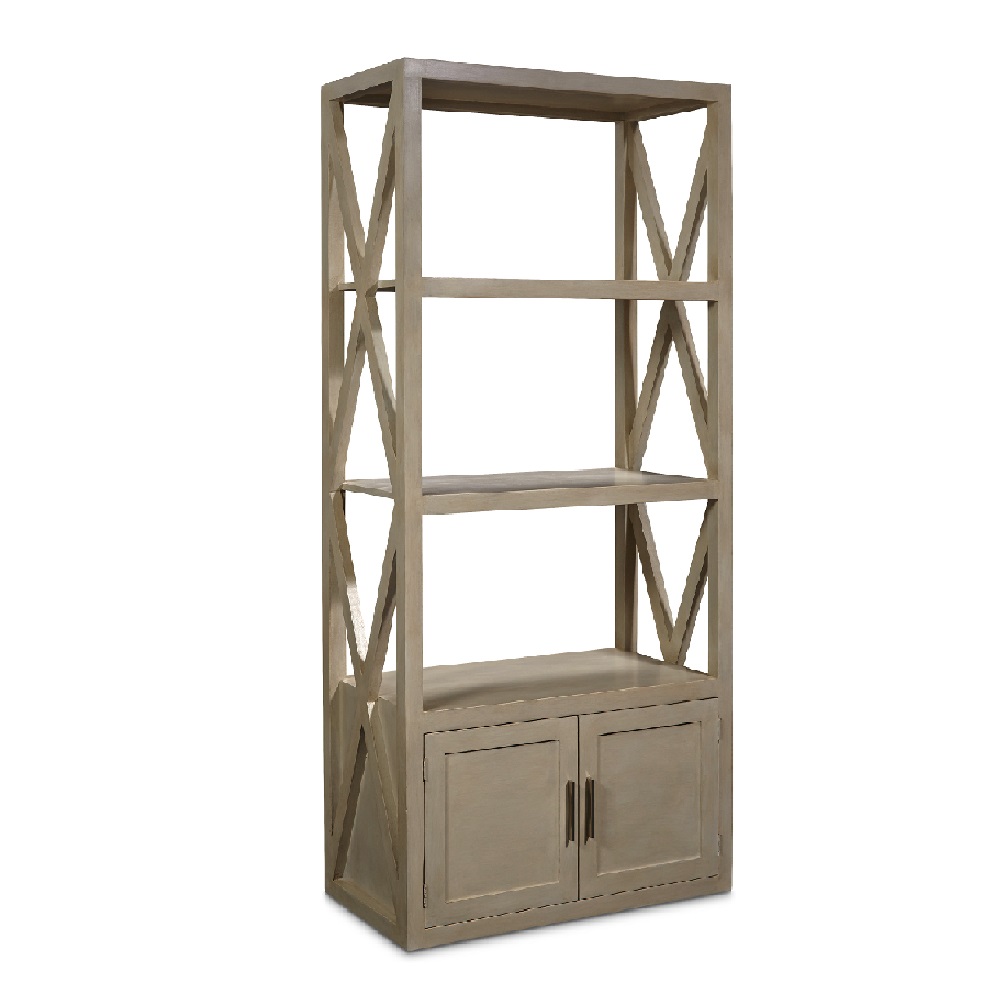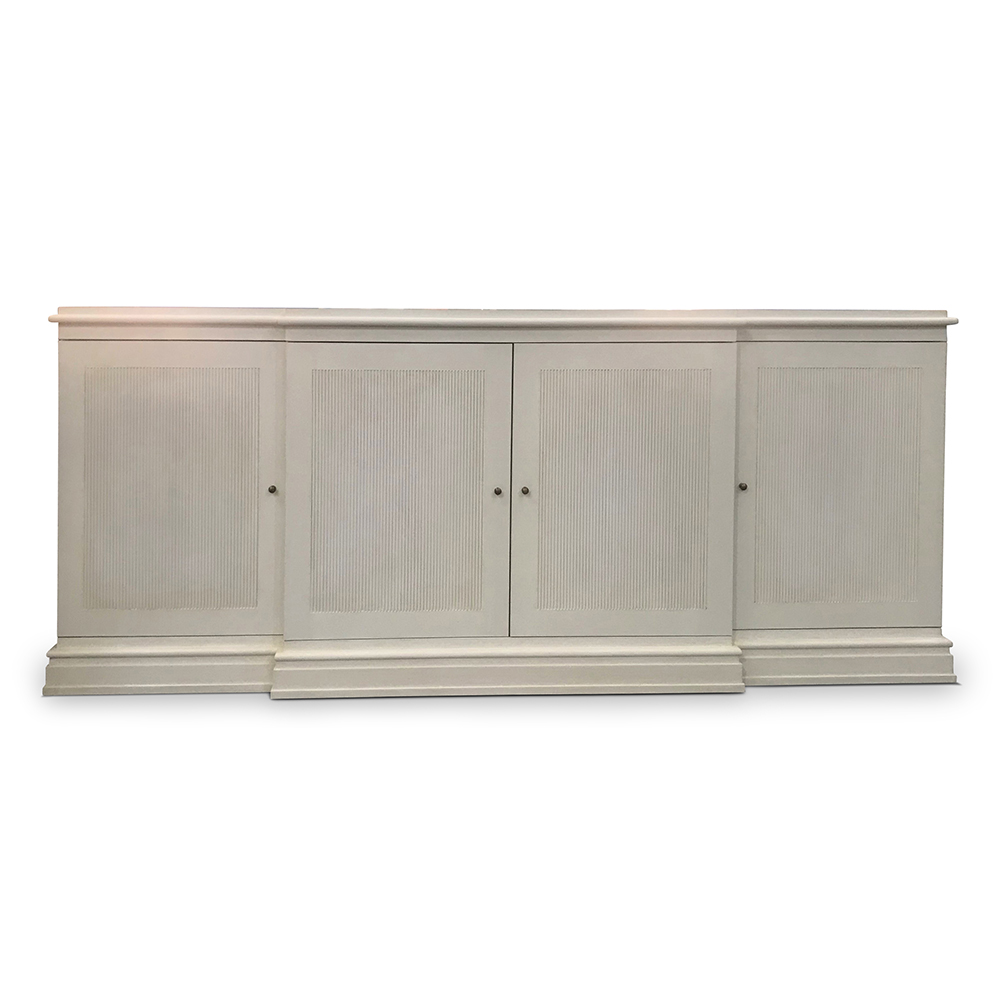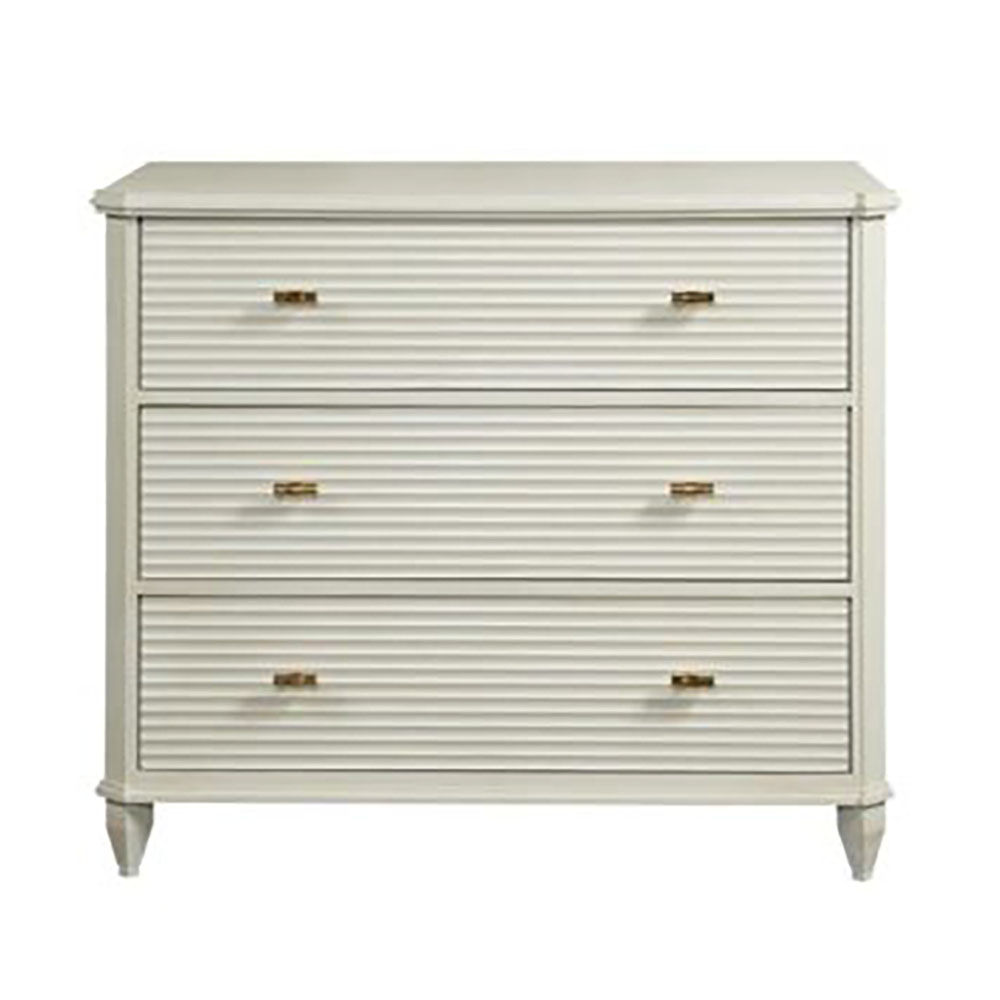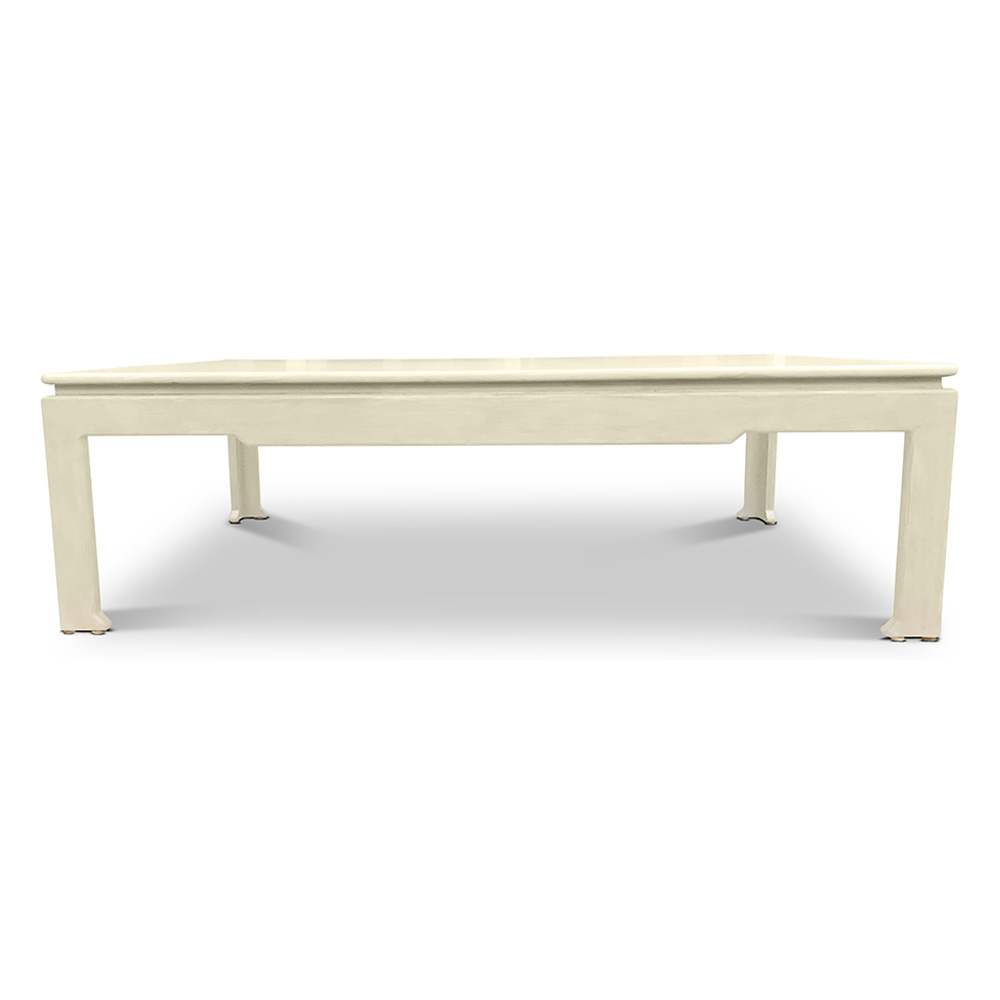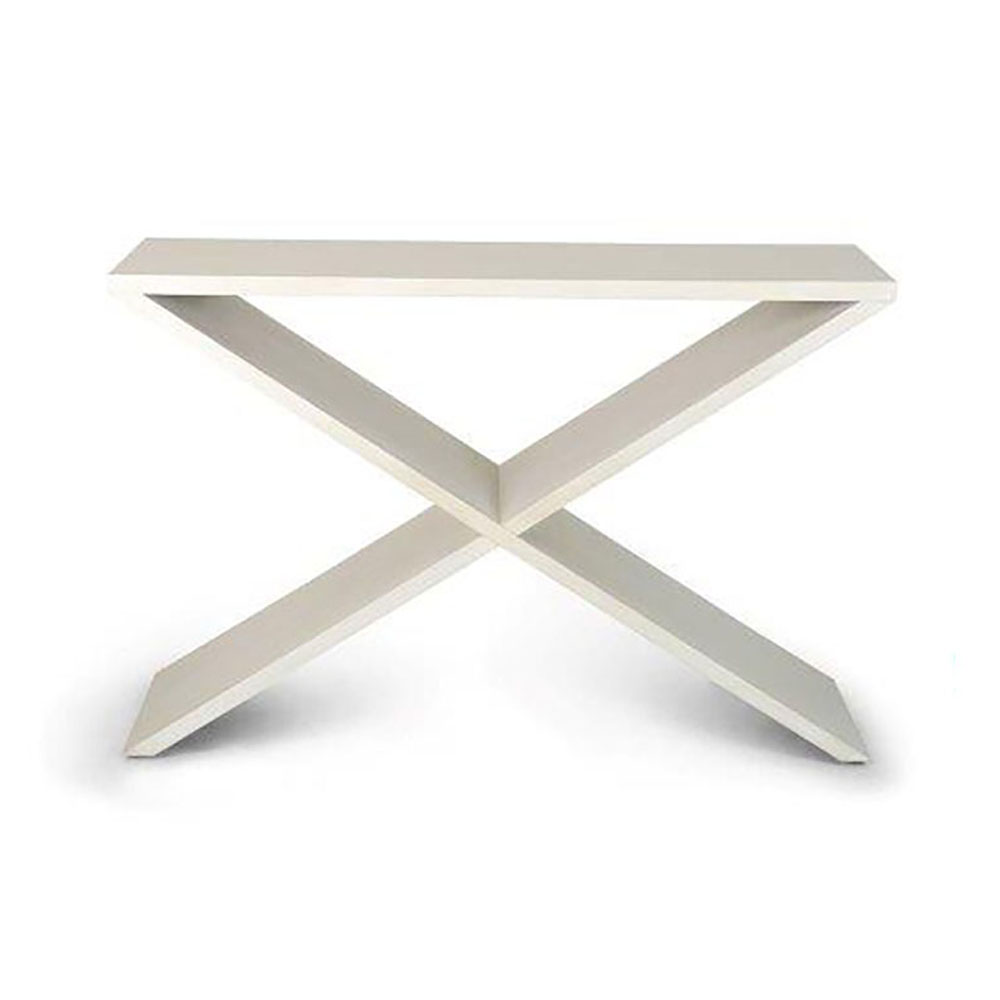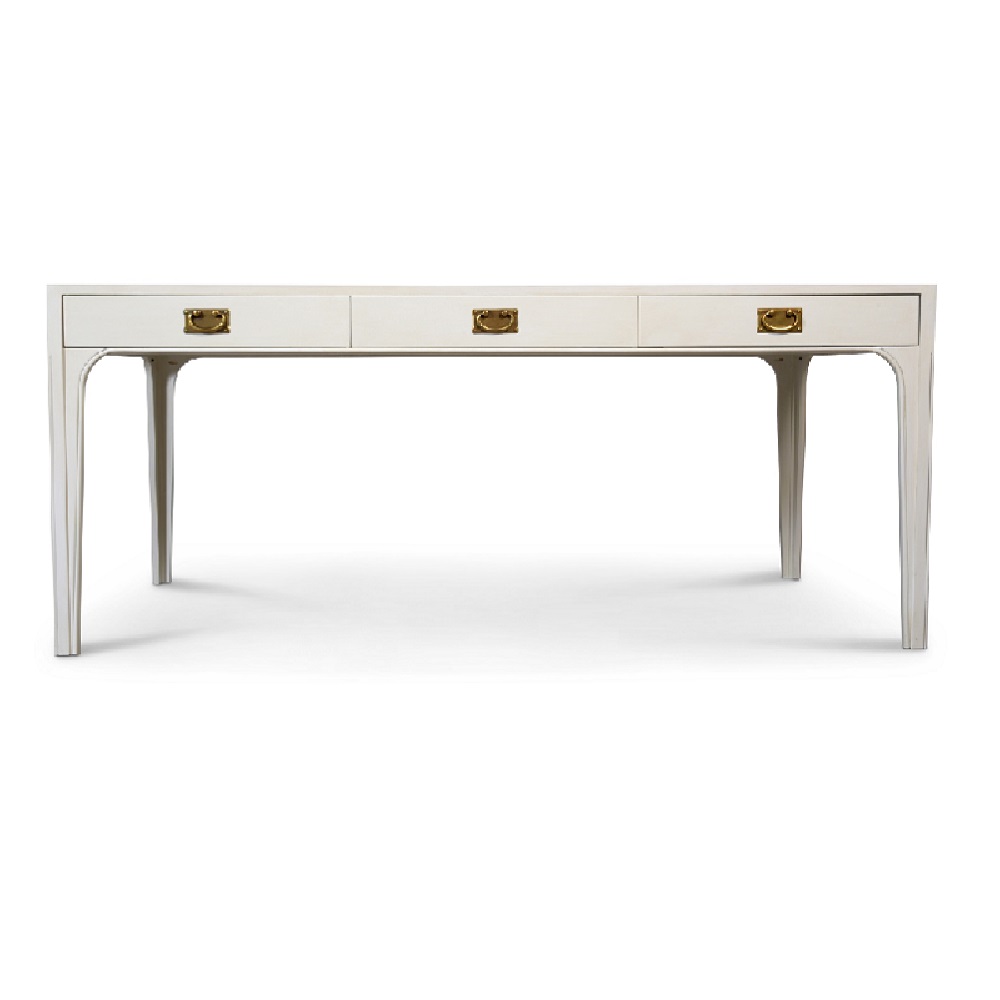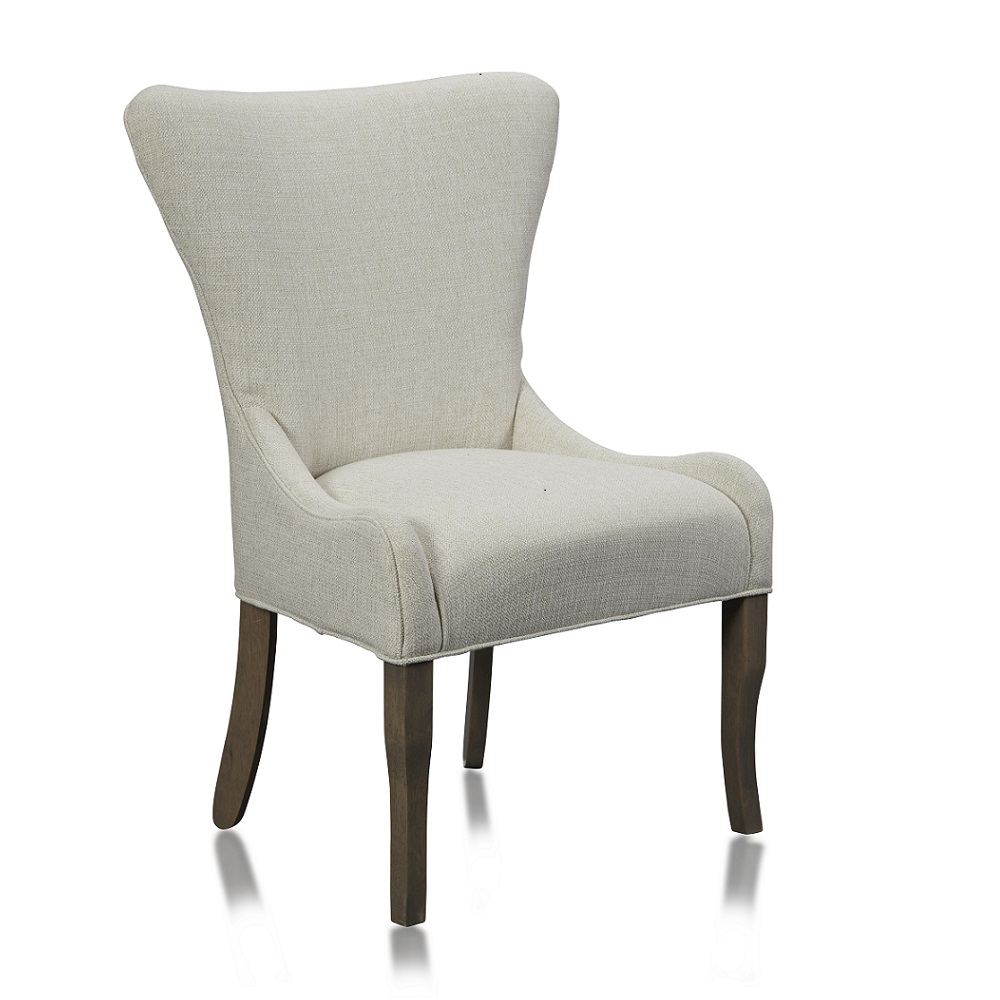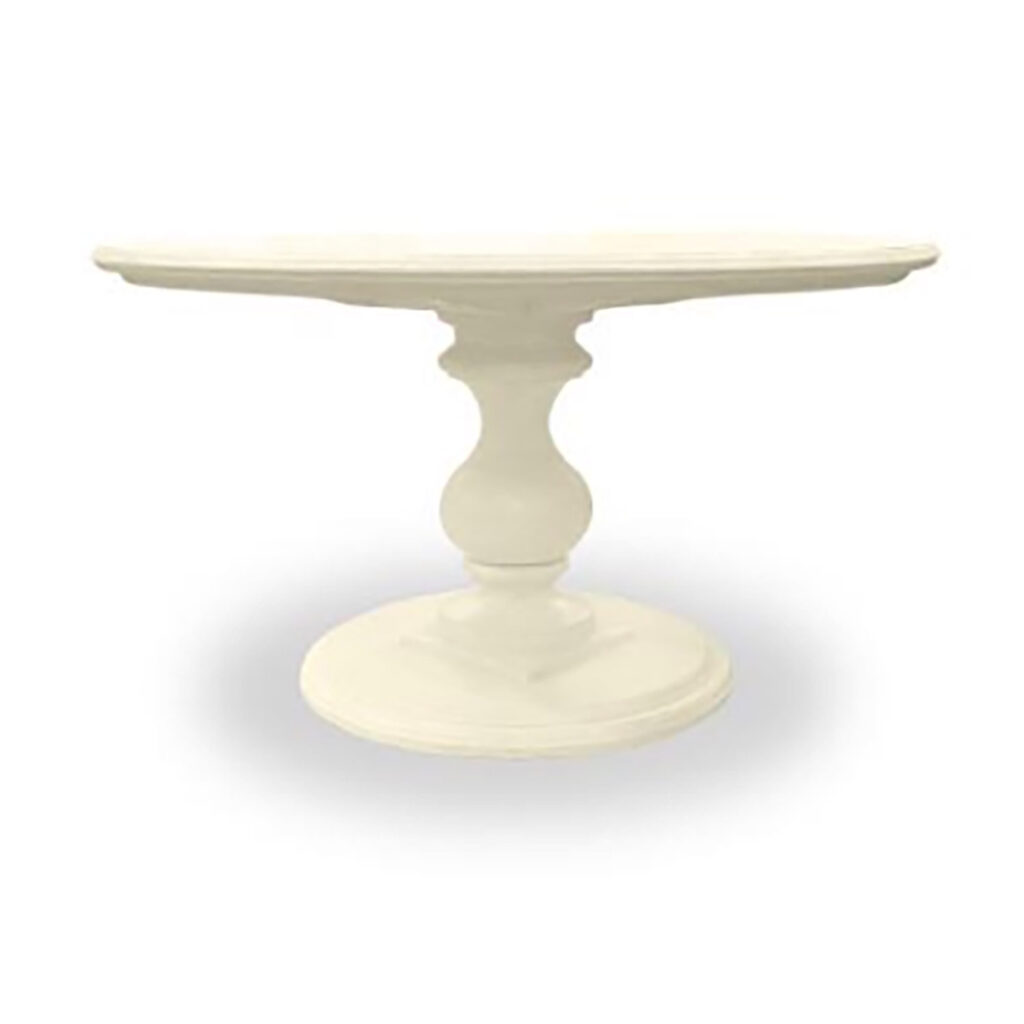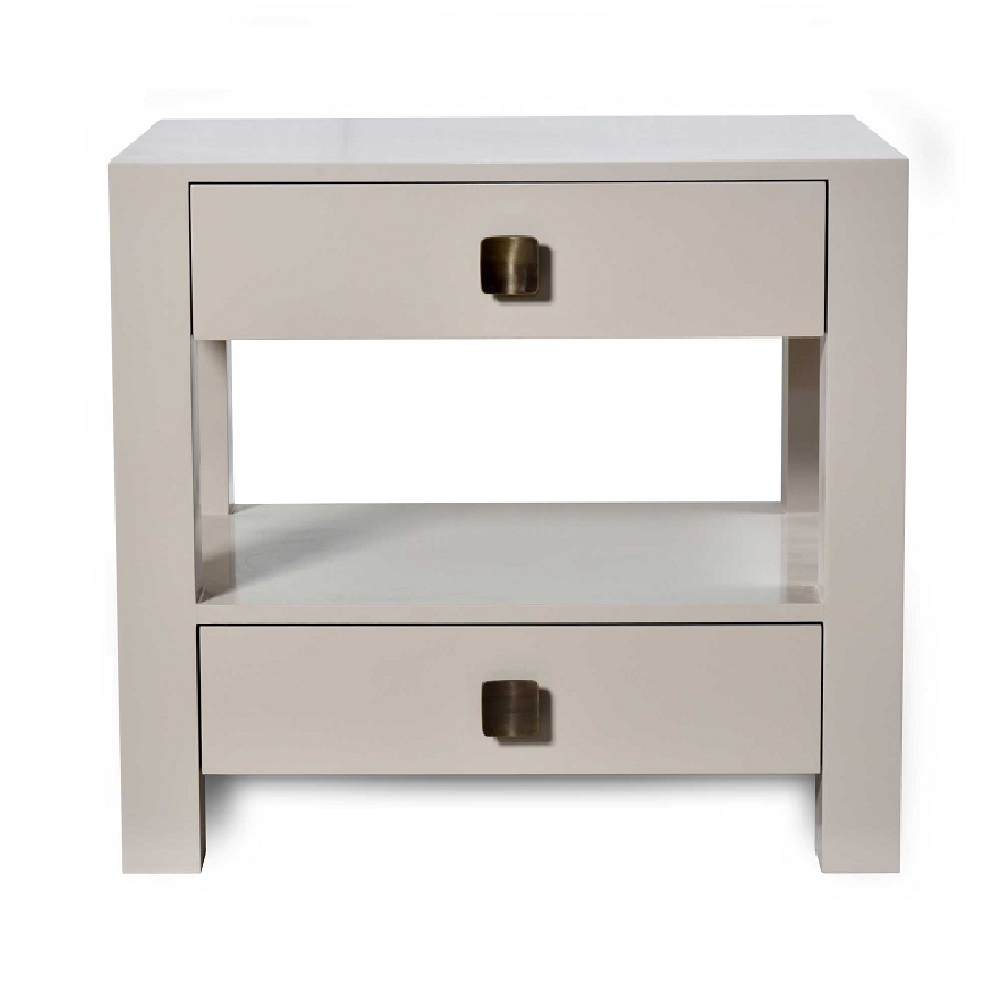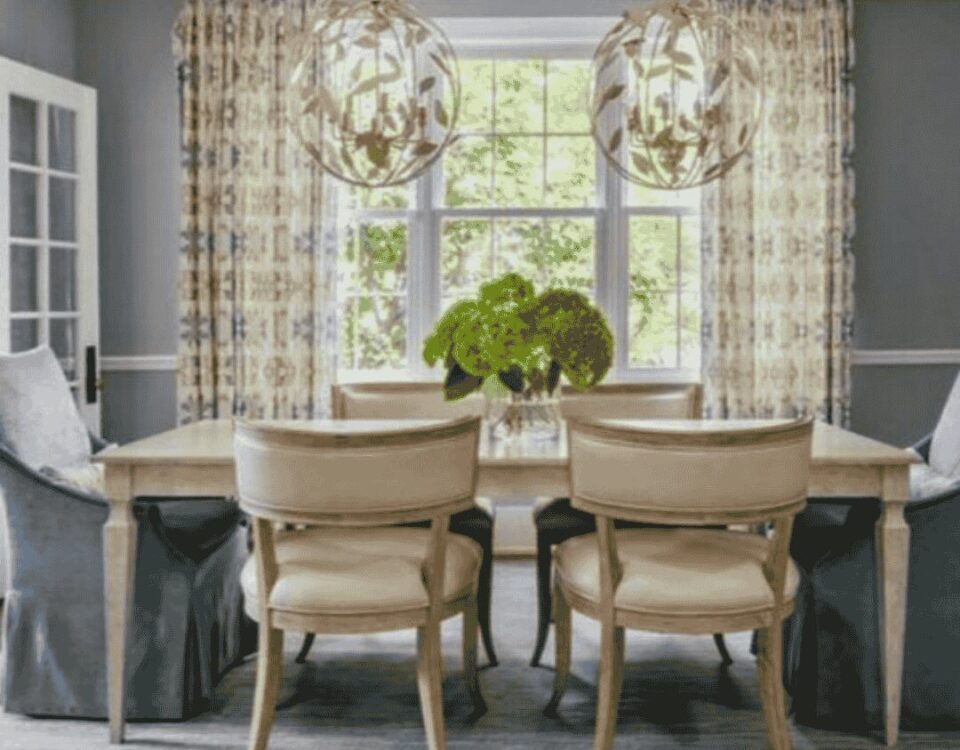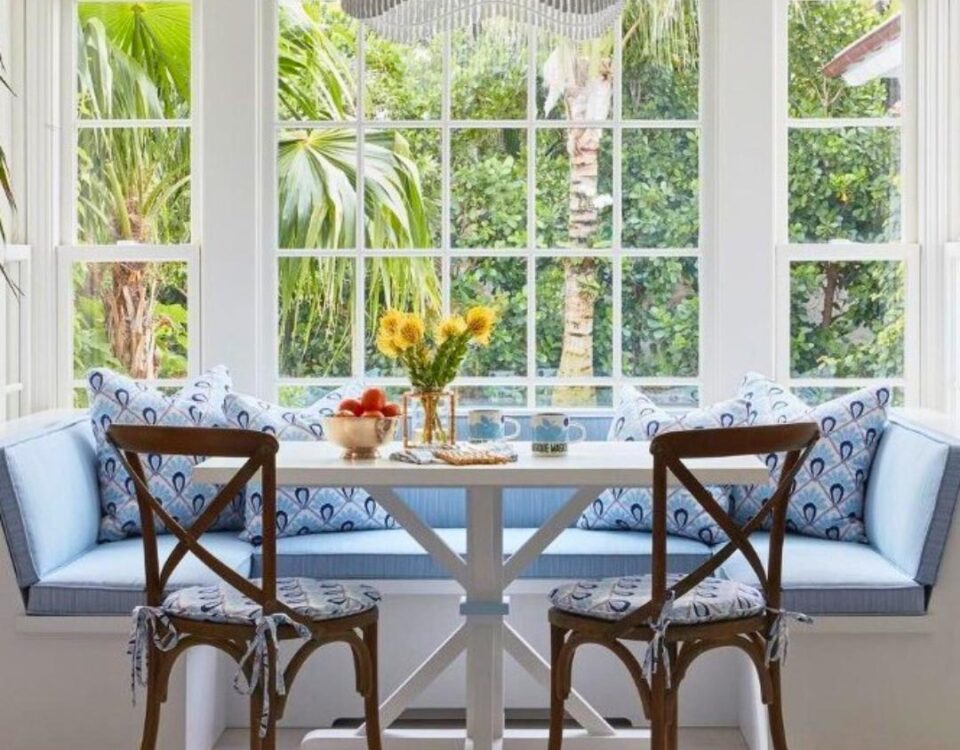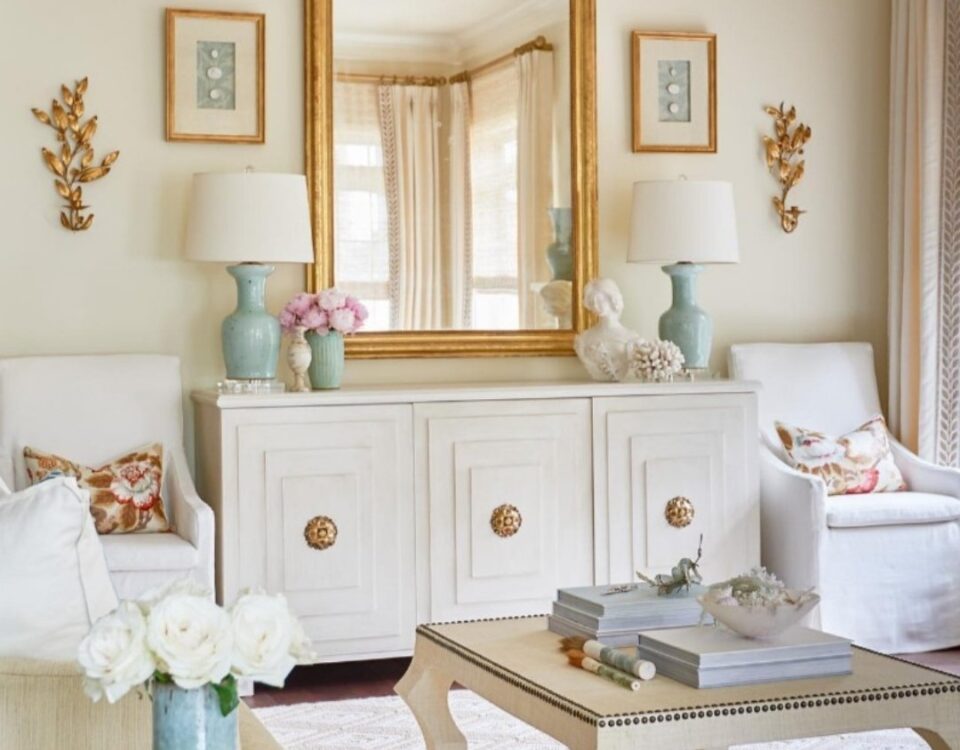
Discover Tritter Feefer’s Signature Furniture Finishes
February 12, 2024
Designing for a Sustainable Future
April 11, 2024Crafting immersive experiences and translating clients’ personalities into tangible living spaces lies at the heart of every interior designer’s mission. At Tritter Feefer, we believe that custom furniture serves as the ultimate tool for bringing these visions to life. However, navigating the world of custom furniture can be challenging– we’re here to help you avoid common pitfalls that could derail your project’s success. Here’s how you can ensure a smooth journey when incorporating custom furniture pieces into your designs:
1. Ignoring Lead Times
Custom pieces demand meticulous crafting, often requiring longer production periods than off-the-shelf alternatives. Be sure to inquire about production times upfront and incorporate this information into your project schedule. By doing so, you can avoid last-minute delays and ensure a smooth and successful design project timeline.
As of March 2024, Tritter Feefer’s production time for custom orders is 4-6 weeks.
2. Overlooking Budget Considerations
While custom furniture offers endless possibilities, open and honest communication with both the client and the manufacturer about budget constraints from the beginning of the project is key. This proactive approach allows you to anticipate and accommodate any unforeseen expenses that may arise during the customization process, ensuring they are integrated into your budget planning. Following this approach helps you stay within budget while still providing customized solutions for your clients.
3. Skipping the Sample Approval Process
Colors and textures might not look quite the same in person as they do on screen, and those subtle variations can make a big difference in your design’s overall look. That’s why we recommend requesting samples of materials, finishes, and upholstery before finalizing your order to ensure they align with your vision. Taking this extra step will save you time, money, and headaches down the road.
When you join Tritter Feefer’s Trade Program, you’ll receive a sample deck of our signature finishes. Please note that the hand-applied nature of our finishes may result in slight variations. Actual finishes may vary up to 20% from the samples provided. For an accurate representation, always reference a current finish sample deck. If you’re unsure if your sample deck is current, feel free to contact us at orders@tritterfeefer.com for confirmation.
4. Failing to Consider Functionality
At Tritter Feefer, our bespoke furniture options are meticulously crafted not only to enhance the visual appeal of a space but also to serve its intended purpose. While aesthetics undoubtedly play a pivotal role within your designs, functionality should never take a backseat. Understanding how a piece will integrate into its intended space and serve its purpose is vital. We always suggest taking a collaborative approach with clients, prioritizing a deep understanding of their lifestyles, preferences, and practical needs.
5. Underestimating Logistical Requirements
Seamless transportation and installation are essential for a successful custom furniture project. Thorough measurements and careful planning prevent logistical hiccups, guaranteeing a hassle-free process and flawless execution. Here are some important considerations to keep in mind:
- Staircases and Elevators: Measure the width and height of doorways, stair landings, and elevator openings to ensure easy maneuverability of the furniture.
- Clearance Space: Take into account the necessary space for navigating corners, turns, and narrow passages during the transportation of custom furniture. Consider factors such as handrails, door frames, and other obstacles that may affect the movement of larger pieces.
- Assembly Requirements: Determine whether the custom furniture will require assembly on-site and plan accordingly. Ensure access to power outlets, tools, and assembly instructions to streamline the installation process and minimize any disruptions.


